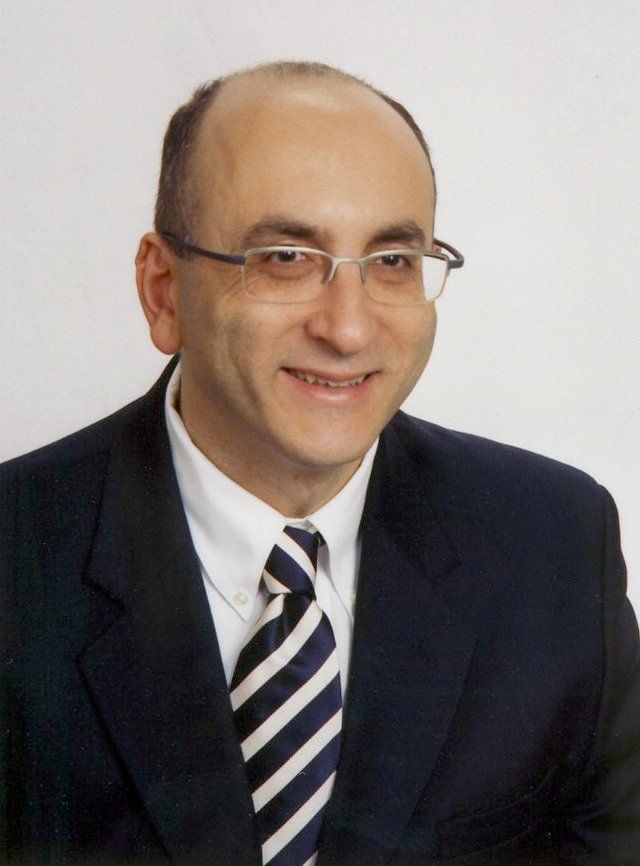- Acne
- Actinic Keratosis
- Aesthetics
- Alopecia
- Atopic Dermatitis
- Buy-and-Bill
- COVID-19
- Case-Based Roundtable
- Chronic Hand Eczema
- Chronic Spontaneous Urticaria
- Drug Watch
- Eczema
- General Dermatology
- Hidradenitis Suppurativa
- Melasma
- NP and PA
- Pediatric Dermatology
- Pigmentary Disorders
- Practice Management
- Precision Medicine and Biologics
- Prurigo Nodularis
- Psoriasis
- Psoriatic Arthritis
- Rare Disease
- Rosacea
- Skin Cancer
- Vitiligo
- Wound Care
Article
Psoriasis: An update on topical therapies
Author(s):
New topical treatments for psoriasis increasingly prove that vehicles matter, says an expert who spoke at the South Beach Symposium.

Dr. Kircik

New topical treatments for psoriasis increasingly prove that vehicles matter, says an expert who spoke at the South Beach Symposium. Additional noteworthy developments include new fixed combinations and new molecules under development.
RELATED: IL-23 inhibitors may offer psoriasis patients longer-lasting results
The polyaphron dispersion (PAD) vehicle platform (MC2 Biotek) includes 10 to 30 times less surfactants than other emulsions, which makes it less irritating, says Leon Kircik, M.D. He is clinical professor of dermatology, Icahn School of Medicine at Mount Sinai, New York; associate clinical professor of dermatology, Indiana University Medical Center; and Medical Director, Physicians Skin Care, PLLC, and Skin Sciences, PLLC, in Louisville, KY.
PAD technology also uses a robust lipid shell that allows high stability in aqueous environments.
"So now you have a less irritating, more durable vehicle," he adds.
In phase 3, the combination of calcipotriene and betamethasone diproprionate in the PAD vehicle (Enstilar foam, LEO Pharma) proved superior to a calcipotriene-betamethasone topical suspension ointment (Taclonex, LEO Pharma). The proportions of patients who were clear or nearly clear with at least a two-point improvement over baseline were 40% for the foam versus 22% for ointment.
In a study conducted by Dr. Kircik, pending publication in Journal of Drugs in Dermatology, patients with moderate psoriasis used either the calcipotriene-betamethasone foam or foam vehicle alone for four weeks in combination with apremilast. For the next eight weeks, patients used apremilast monotherapy, then reinitiated the calcipotriene-betamethasone foam versus vehicle foam with apremilast for the final four weeks. At week 16, mean Psoriasis Area and Severity Index (PASI) reduction among patients who received calcipotriene-betamethasone foam plus apremilast was 65%, versus 35% for vehicle foam and apremilast.
RELATED: Leg psoriasis improves with topical lotion
Another new combination, halobetasol plus tazarotene, represents a happy marriage, says Dr. Kircik. The latter is a vitamin A derivative that works very well for psoriasis. "But it's also very irritating,” he adds, “And it takes time to kick in."
Conversely, says Dr. Kircik, halobetasol works faster and addresses tazarotene-induced irritation.
“And then tazarotene takes over for the long term. Usually if you stop using topical steroids, the disease returns very quickly. With tazarotene, you prevent that."
After using the halobetasol-tazarotene combination for eight weeks (per its post-approval label), phase 3 research demonstrated 55% of subjects maintained remission for one month, and 19% maintained remission for three months after stopping the drug.
“That’s not going to happen when you use halobetasol alone," Dr. Kircik notes.
RELATED: Phase 3 results show risankizumab outperforms secukinumab
According to phase 2 data, the proportion of patients who achieved investigator global assessment (IGA) success (clear or almost clear with at least two points' improvement over baseline) was 42.8%, versus 23.6% for halobetasol and 8.9% for tazarotene alone, which Dr. Kircik says demonstrates synergy.
Tapinarof is a small molecule that binds to and activates the aryl hydrocarbon receptor (AhR) transcription factor, says Dr. Kircik. Tapinarof also has been shown to reduce oxidative stress and increase skin barrier proteins. Because tapinarof inhibits the Th2 and Th17 pathways, he adds, it may be a game changer for both atopic dermatitis and psoriasis.
In a phase 2b psoriasis study, the proportions of patients who achieved IGA scores of clear or nearly clear with at least a two-point improvement over baseline at week 12 ranged from 65% (tapinarof 1% BID) to 56% (tapinarof 1% QD) versus 11% and 5% for vehicle (p = 0.05). Efficacy lasted until week 16, with IGA success levels of 58% and 54% for the respective dosing versus 0% and 5% for placebo. A phase 3 long-term extension trial of topical tapinarof in psoriasis (in which Dr. Kircik is an investigator) is underway.
The Clarify System UVB unit (Clarify Medical) is programmed per physician orders before the patient takes it home, thus preventing improper use and burns.
"The amount of light given and number of treatment sessions are controlled by the doctor. It's not like the patient does whatever they want with it," says Dr. Kircik.
In a 10-week, eight-patient study, patients experienced an average 57% reduction in Psoriasis Severity Index (PSI), with a 96% adherence rate and 100% satisfaction rate.
Disclosures:
Dr. Kircik has served as an investigator, speaker, advisor or consultant for Amgen, Celgene, Clarify, Dermavant, LEO and MC2 Biotek.
References:
Leon Kircik, M.D. "Topical Therapies for Psoriasis," South Beach Symposium. February 8, 2020.
Newsletter
Like what you’re reading? Subscribe to Dermatology Times for weekly updates on therapies, innovations, and real-world practice tips.







